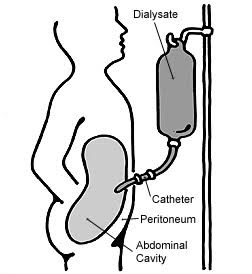
Holidays are a great time to hit the road, visit friends and family, and get away for the long weekend. One of the best benefits of home dialysis treatment for many patients is the ability to travel. At Cincinnati Home Dialysis, we encourage you to live the life you want, but it’s important to plan accordingly and stay safe while you travel.
- Let your care team know in advance when and where you intend to travel. Your care team will be able to evaluate whether traveling is in the best interest of your health and can provide advice specific to your condition.
- Locate a dialysis center where you’ll be staying in the event of an emergency. Write down the name, address, and phone number of this center and keep this in an easily accessible place when you travel.
- Bring your medical info. If you do need to visit a dialysis center while traveling, they’ll likely need information about your dialysis access type, insurance, special needs or requirements, medical history and medications, any recent lab results, and contact information.
- Staying with family? Let them know your needs. Have them prepare a space for you to perform dialysis so your stay can go smoothly and comfortably.
- Pack enough supplies for your entire trip. And maybe even a little extra. It doesn’t hurt to have more than enough dialysis supplies on hand for your trip in case you end up staying longer than planned.
- Traveling by plane? Make arrangements ahead of time. When you book your flight, you can request dialysis-friendly meals and boarding priority to maximize comfort during your trip.
- Talk to your insurer about expenses. Some providers will actually cover a portion of your travel costs.
- Think ahead. Plan as many meals as you can in advance. Research the menus of restaurants you want to check out and pack or pick up dialysis-friendly snacks along the way.
Have questions about preparing for your trip? We’re here to help. Call us at 513-791-2137.






